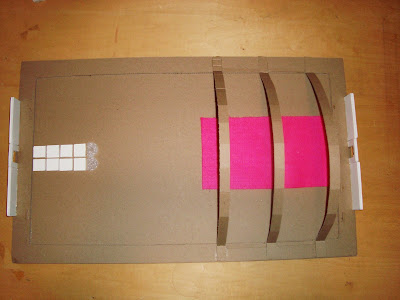ART GALERY for VESNA PERUNOVICH. By Anna Totska.
SITE.
The site is a path that leads to a McCowan subway station in Srarborough. The interesting fact about the site is that is seems completely unoccupied, compare to the surrounding land. Where it is all busy shopping malls, highways, residences. In fact, this piece of "desert" is being used daily by a large number of people, as the path leads to a subway. Therefore, this territory needs some fresh look.
PLAN.
The concept is to create an unusual experience without interrupting people's daily routine. Where the routine is walking to or from the subway. The gallery simply becomes part of the path. While walking to the subway people could look at the exhibition. If they are interested, they are welcome to come in and take a look closely, if not, they would just follow their usual path.
EXPERIENCE.
The order of the exhibition is designed in a way that viewer is thrown directly into interaction with the art work, knowing nothing about the author. This, I believe, would clear all expectations and let viewer enjoy work as it is. Later, in the middle section of the art gallery viewer could learn about the author and more specific art works.
PERSPECTIVES.


MODEL.



DRAWINGS.



































